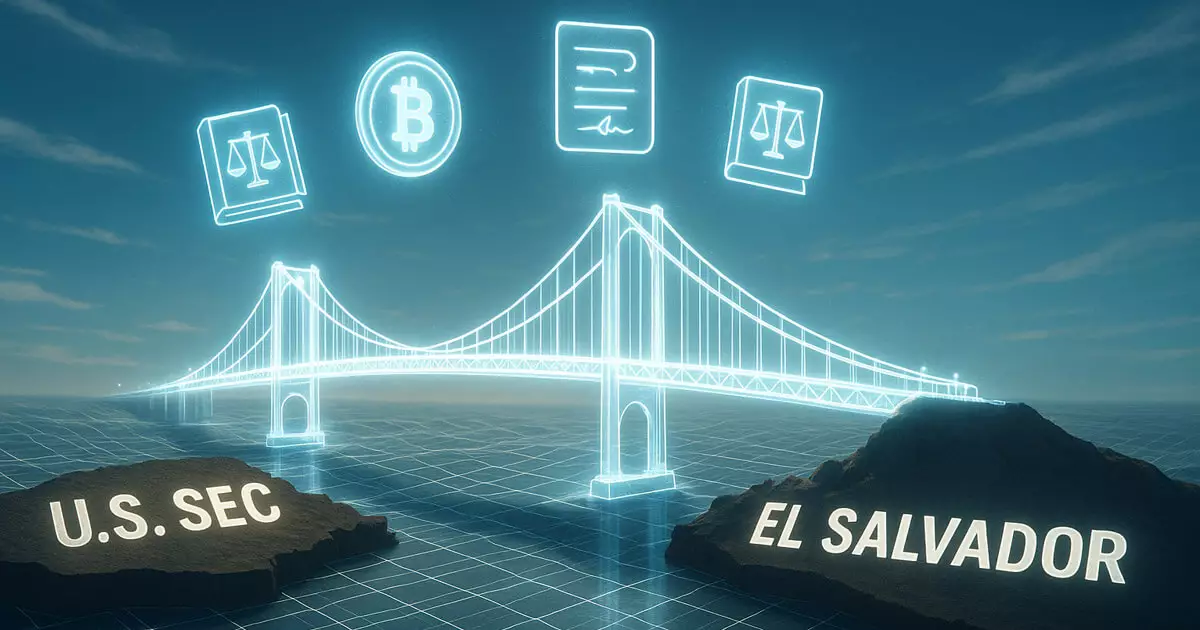The U.S. Securities and Exchange Commission (SEC) is treading new ground in its approach to digital asset regulation through its exploratory collaboration with El Salvador’s National Commission of Digital Assets (CNAD). The idea of launching a regulatory sandbox is ambitious and holds the potential to redefine how we think about oversight in the rapidly evolving digital asset landscape. This is not just a regulatory exercise; it’s a litmus test of adaptability in governance that could influence global standards.
By looking beyond its borders, the SEC is acknowledging that the digital economy does not adhere to geopolitical boundaries. El Salvador’s pioneering stance on cryptocurrency and tokenization offers a unique model for the SEC to examine a broader spectrum of regulatory scenarios. The approach has seemingly evolved from previous stringent practices to one that embraces innovation while still prioritizing investor protection.
Insightful Pilots: A Test for the Future
The SEC’s proposed pilot programs are particularly intriguing. The first initiative, revolving around a U.S. real estate broker collaborating with a Salvadoran tokenization firm, highlights the potential of tokenized assets to reshape ownership structures. This could make property investment more accessible to a wider audience, thus democratizing access to real estate. In a post-pandemic economy searching for resilience strategies, this opportunity is increasingly relevant.
Moreover, the second pilot’s ambition to explore token-based fundraising for small businesses signifies an encouraging shift towards supporting entrepreneurial endeavors. By including cost-sensitive measures—capping pilot expenses at $10,000—the SEC appears to be deliberate in lowering entry barriers for smaller participants. This could stimulate innovation from the grassroots level and empower diverse market players.
Evaluating Real-World Implications
While the SEC’s draft proposals seem progressive, skepticism remains warranted. The real challenge lies not just in researching regulatory frameworks but actively implementing them while ensuring efficacy. The SEC’s roadmap, as noted by Commissioner Hester Peirce, promises real-time insights, but will these insights translate into actionable regulations that foster true innovation?
Market observers have suggested that this new, flexible approach reflects an ongoing seismic shift in U.S. crypto policy. However, one must question whether this is a mere reaction to larger global trends or a genuine evolution in thought. Has the SEC finally shed its historically party-line approach to regulation, or are we merely witnessing an interim phase?
Global Standards and Domestic Reality
In a world where digital asset frameworks differ dramatically from one nation to another, the SEC’s cross-border initiative brings both potential and peril. While it recognizes the need for a cohesive strategy, it raises questions about harmonizing regulations across borders. The willingness to adapt U.S. regulations to this global digital asset marketplace is commendable, yet poses the risk of domestic realities being overshadowed by international norms.
As the financial ecosystem gets increasingly intertwined with digital assets, it is critical that U.S. frameworks remain viable, effective, and protective of American investors. Innovations could easily backfire if cushioned by regulations that fail to adequately address systemic risks. Thus, balancing innovation with caution remains an essential pillar of this ongoing conversation.
Embracing the complexities ahead could both bolster innovation and threaten financial stability. The stakes are high, and the outcomes could bear significant weight on the future of digital assets not just in the United States, but around the globe.

